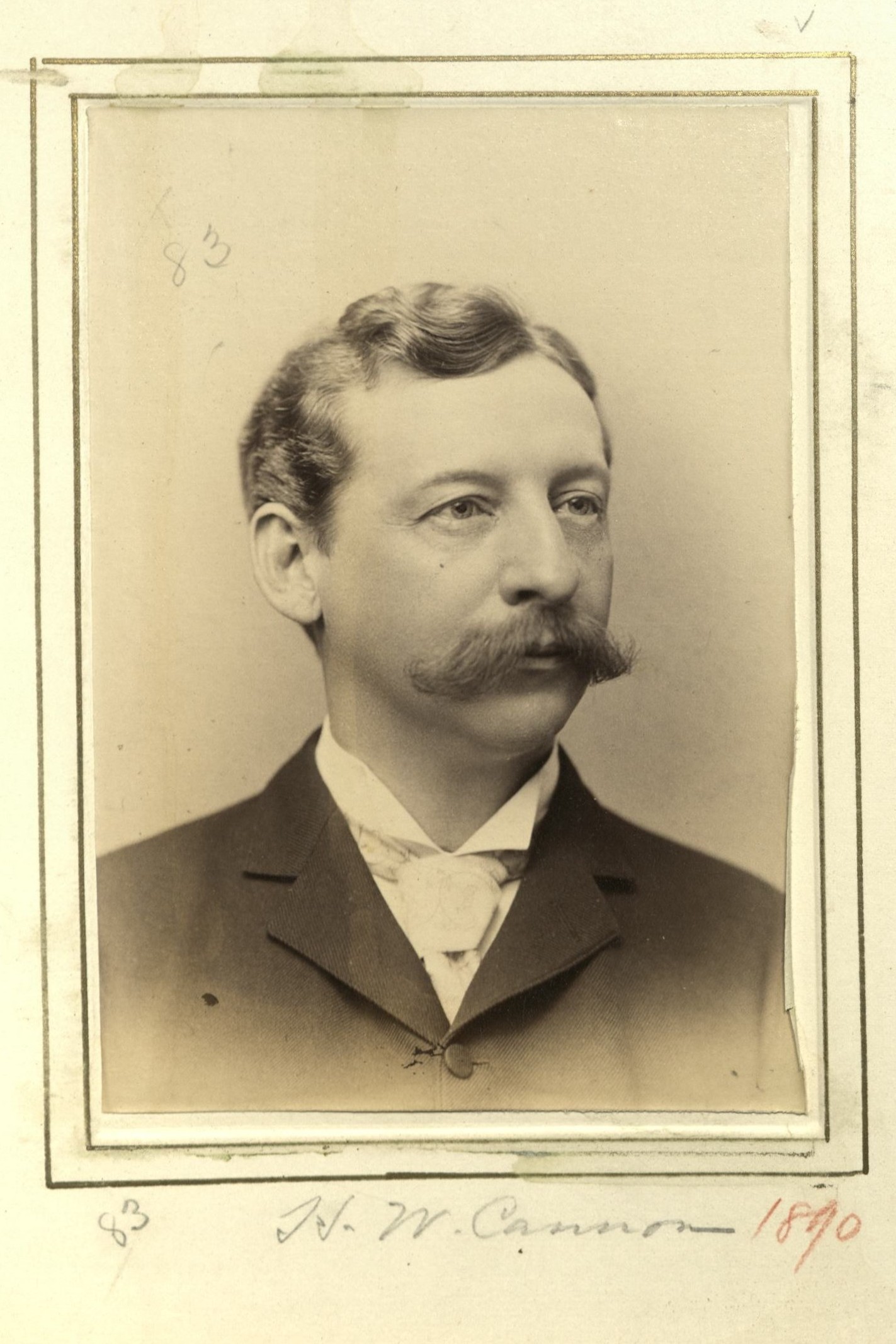Banker/Comptroller of the Currency
Centurion, 1890–1934
Born 27 September 1850 in Delhi, New York
Died 27 April 1934 in Daytona Beach, Florida
Buried Woodland Cemetery , Delhi, New York
, Delhi, New York
Proposed by Abram S. Hewitt and James P. Kimball
Elected 1 February 1890 at age thirty-nine
Century Memorial
The exceptional severity of our panic of 1929 is apt to obscure remembrance of the fact that our history had long before that year produced financial panics at New York which were more difficult to handle. With the fall in Stock Exchange prices during October, 1929, all but unprecedented for scope and violence and still fresh in mind, even business men of long experience often forget the things which happened in our older panics and which did not happen in 1929. Sometimes they are surprised when reminded of the two weeks’ continuous run on New York trust companies in 1907 of policemen distributing at nightfall, to the long line of frightened depositors, tickets entitling each of them to the same place in line next morning. Recollection does not readily bring back to mind how “hoarding” in the panic of 1893 was ended only by a “four per cent premium” paid in bank checks for secreted paper money and by import from Europe of gold coin which at New York, for the first time in a century, went promptly into hand-to-hand circulation. It has all but been forgotten that the panic of 1884 was precipitated by the flight of a New York bank president [John C. Eno] to Canada with $3,000,000 of his bank’s cash reserve upon his person, and by the failure of two other powerful New York banks because their presidents had used the bank’s funds in personal speculation. After all, 1929 did not repeat exactly that.
The active business career of Henry White Cannon covered most of those older episodes. Himself at that time a young man, he was Controller of the United States currency in 1884, when he co-operated closely and effectively with the conservative bankers of the New York Clearing House in the masterly promptness and decision whereby Wall Street’s wild outburst of panic was surmounted. On that strange chapter of events, Controller Cannon’s official report of 1884 remains, for clearness and financial insight, historic authority. In 1893, Cannon was himself head of the Clearing-house committee which, in conjunction with that famous emergency dictator, Frederick D. Tappen of the old Gallatin Bank, applied the protective measures that could be invoked, in a period long before the Federal Reserve, only through united action, under such leadership, by the New York banks.
During his long subsequent career in building up the Chase National Bank, of which he was for forty-eight years an officer and for twenty-five years President or Chairman of the board, Cannon was an active figure in American banking. All of his associates recognized his alertness, quickness of decision, and clearness of ideas on banking policy. People who knew little of his banking career remember him as the active supporter of Peary, a generation ago, in the explorer’s quest for the North Pole, as banking member of the abortive International Monetary Conference at Brussels in 1890, and as writer of a monograph which cleared up many misconceptions over our country’s payment of its revolutionary debt to France.
Alexander Dana Noyes
1935 Century Association Yearbook

